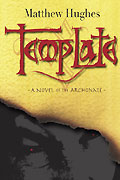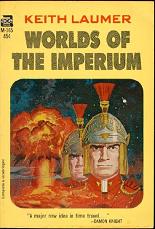
The Dark Side of Democracy
Michael Mann
580 pages including index
published in 2005
To be honest I only got this out of the library because its cover and backflap copy make it look like one of those horrid rightwing books that explain in a calm, cultured manner how we should give up democracy for our own good and let our betters govern, because if we do it ourselves it will inexordinately lead to genocide. This however turned out not to be the case. Michael Mann does explain here why genocide and ethnic cleansing is something mostly practises by democracies rather than authoritarian or totalitarian states, but he makes clear it’s only a particular kind of democracy that’s dangerous, and only in certain circumstances. Mann also makes clear that he doesn’t think abandoning democracy is the way to avoid genocides. Instead The Dark Side of Democracy is a honest attempt at explaining how societies get themselves into the danger zone where ethnic based violence happens and how that can swing in full scale, violent ethnic cleansing with genocide as the final stage.
As you might imagine, this is not a very cheerful read, and in fact I became decidedly grumpy during the week I read this, according to my girlfriend. Despite this, I found The Dark Side of democracy to be weirdly exhilarating, in as far as a book on genocide can ever be exhilarating, even mildly optimistic. The most depressing thing about genocide and ethnic cleansing, as reinforced by our collective memory about the Holocaust and the recent histories of Ruanda and Yugoslavia, is the idea that it could happen in any society, in any of our own societies. Genocide isn’t done by faceless savages in places far away and long ago, but by people not that long ago, not that far away, people who looked a lot like you and I. What The Dark Side of Democracy postulates is that this isn’t true, that it only happens in certain circumstances in a certain type of society. Mann attempts to prove this by first defining eight general theses that together provide a generic explanation for why violent ethnic cleansing and genocide happens in a given society, then looks at the historical evidence to see how the theory fits it.



